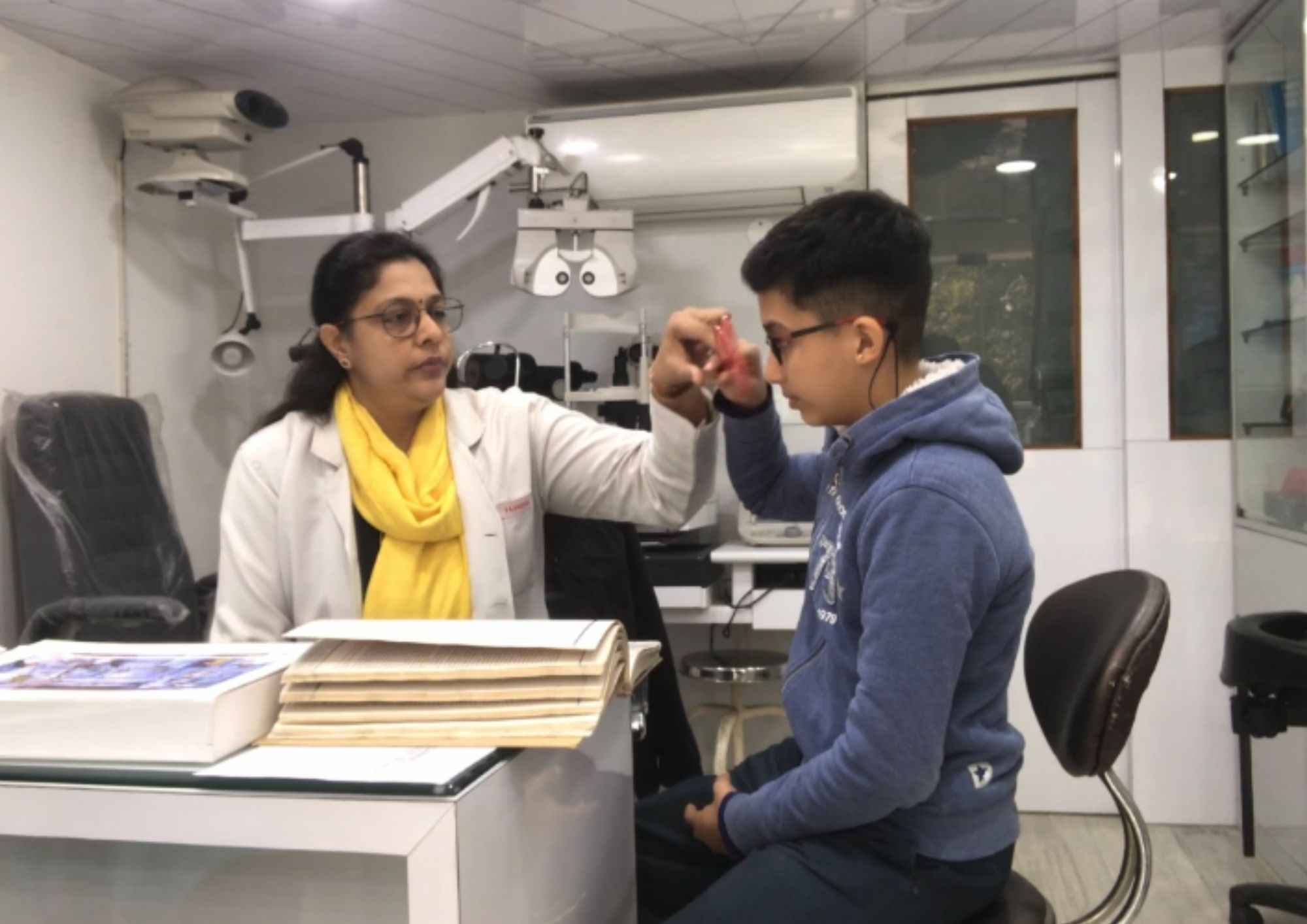Specialized Retina Service Near Me: Top-Notch Eye Treatment Professionals
Wiki Article
The Function of Advanced Diagnostic Devices in Identifying Eye Disorders
In the realm of ophthalmology, the application of sophisticated analysis tools has changed the early identification and monitoring of various eye conditions. From discovering subtle changes in the optic nerve to keeping track of the development of retinal diseases, these modern technologies play a pivotal function in improving the accuracy and performance of diagnosing ocular conditions. As the demand for exact and prompt medical diagnoses remains to expand, the combination of cutting-edge tools like optical coherence tomography and visual area screening has ended up being indispensable in the realm of eye care. The elaborate interplay between innovation and ocular practices not just sheds light on detailed pathologies yet also opens up doors to tailored treatment strategies.Value of Early Diagnosis
Very early diagnosis plays a pivotal role in the efficient monitoring and treatment of eye problems. Timely identification of eye problems is critical as it permits punctual treatment, possibly preventing additional development of the condition and reducing long-lasting complications. By identifying eye disorders at an early stage, medical care service providers can supply suitable therapy strategies customized to the details problem, inevitably resulting in much better results for patients. Very early medical diagnosis makes it possible for individuals to access necessary assistance services and sources faster, improving their total high quality of life.
Innovation for Spotting Glaucoma
Cutting-edge diagnostic innovations play an essential function in the very early detection and tracking of glaucoma, a leading source of irreparable blindness worldwide. One such modern technology is optical coherence tomography (OCT), which offers in-depth cross-sectional photos of the retina, permitting the measurement of retinal nerve fiber layer thickness. This measurement is vital in examining damages brought on by glaucoma. An additional advanced tool is aesthetic area screening, which maps the level of sensitivity of an individual's aesthetic area, aiding to detect any areas of vision loss attribute of glaucoma. In addition, tonometry is made use of to gauge intraocular stress, a major danger element for glaucoma. This test is vital as elevated intraocular pressure can lead to optic nerve damages. In addition, more recent innovations like the use of man-made knowledge algorithms in examining imaging data are revealing promising cause the early detection of glaucoma. These advanced analysis tools enable ophthalmologists to diagnose glaucoma in its onset, permitting timely treatment and better administration of the disease to avoid vision loss.Duty of Optical Coherence Tomography

OCT's capability to evaluate retinal nerve fiber layer density enables exact and unbiased dimensions, aiding in the early detection of glaucoma even before visual field issues become obvious. OCT innovation permits longitudinal tracking of structural adjustments over time, promoting personalized therapy plans and timely treatments to assist protect clients' vision. The non-invasive nature of OCT imaging likewise makes it a favored option for checking glaucoma progression, as it can be duplicated regularly without creating discomfort to the patient. On the whole, OCT plays a critical duty in improving the diagnostic precision and management of glaucoma, inevitably adding to better end results for individuals at danger of vision loss.
Enhancing Medical Diagnosis With Visual Field Testing
A necessary part in extensive ocular analyses, visual area screening plays a pivotal duty in enhancing the diagnostic process for numerous eye conditions. By assessing the full extent of an individual's visual field, this test gives vital info about the useful stability of the entire aesthetic pathway, from the retina to the aesthetic cortex.Aesthetic field screening is particularly beneficial in the medical diagnosis and management of problems such as glaucoma, optic nerve disorders, and numerous neurological illness that can affect vision. With measurable measurements of peripheral and main vision, clinicians can identify subtle modifications that may suggest the visibility or progression of these conditions, also before obvious signs and symptoms occur.
Moreover, aesthetic area testing enables the surveillance of therapy efficacy, assisting ophthalmologists customize restorative treatments to specific people. eyecare near me. By tracking changes in aesthetic area efficiency with time, doctor can make educated choices regarding changing drugs, recommending medical treatments, or applying various other ideal measures to maintain or boost an individual's visual function
Managing Macular Deterioration

Final Thought
In conclusion, advanced analysis tools play an important function in identifying eye problems early on. Technologies such as Optical Comprehensibility Tomography and visual area screening have greatly boosted the precision and effectiveness of diagnosing problems like glaucoma and macular deterioration.Report this wiki page